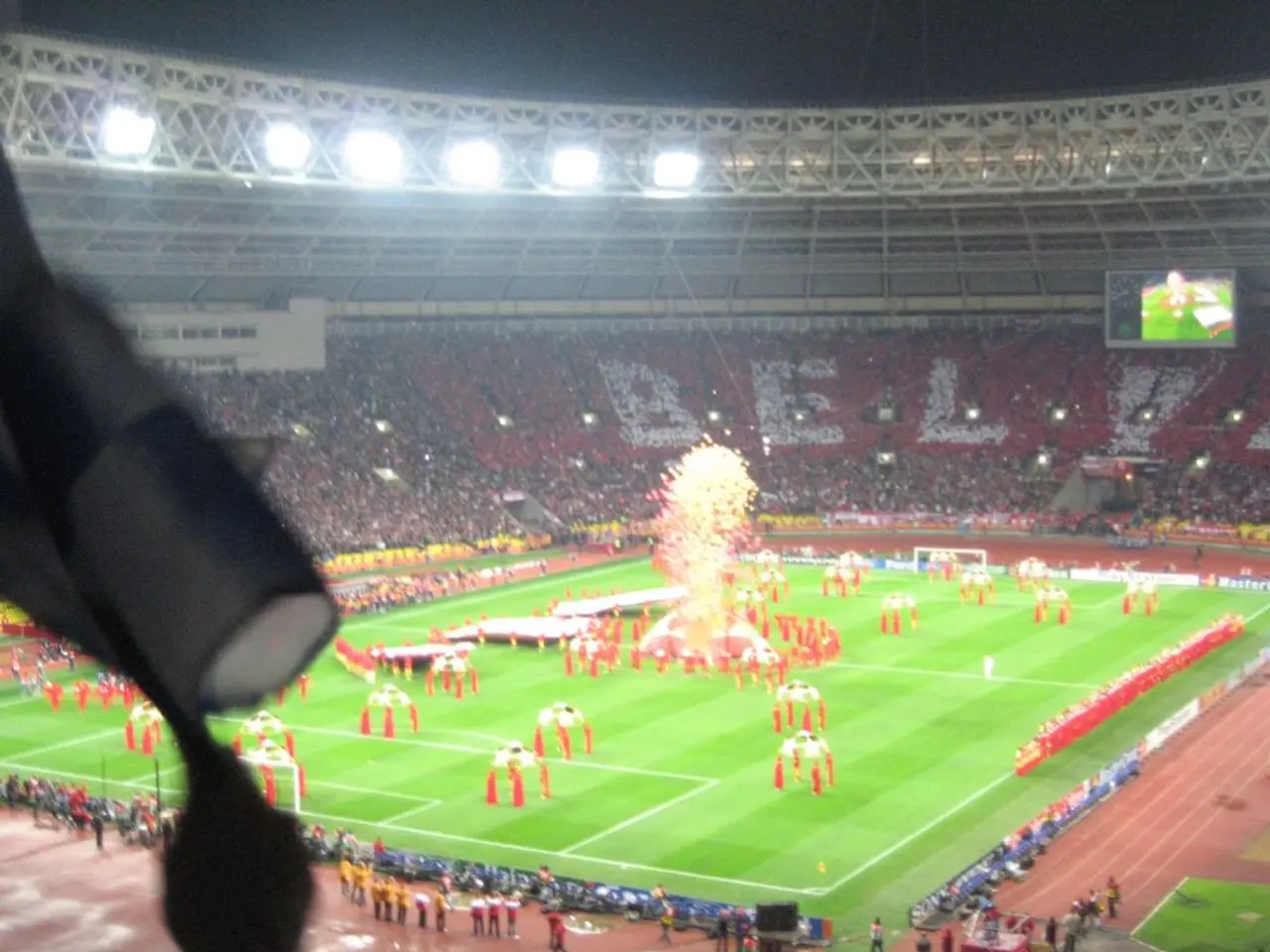Shift in US Tariffs and Bangladesh's Favorable Position: Precautions for the RMG Sector
In the face of a 20% tariff on Bangladeshi apparel by the United States, the country's Ready-Made Garment (RMG) sector is rallying to stay competitive. The tariff serves as a wake-up call, pushing the industry to focus on quality, category depth, ethical practices, and speed to meet the demands of global buyers.
Bangladesh, with its number of LEED-certified green factories, is poised to modernize further through transparency and data-driven reporting. The Bangladesh Bank offers refinancing schemes for export-oriented industries, particularly those investing in green technology or value-added production capacity.
To address the tariff issue, factories in Bangladesh are adjusting their capacity planning to accommodate smaller, faster production runs. This shift is supported by buyers and brands committing to longer-term sourcing agreements.
Digital tracking of key Environmental, Social, and Governance (ESG) metrics can help factories demonstrate tangible progress and create trust with buyers. Offering pricing models based on varied minimum order quantities can also give Bangladesh an edge.
The RMG sector in Bangladesh needs to adapt to American buying behavior, which involves more seasonal collections, quicker replenishment cycles, and lower order quantities for trend-based items. Bangladesh has an opportunity to expand into these higher-value segments by investing in capabilities like circular knitting for polyester-spandex blends, quilting, laser cutting, and seamless bonding.
Factory owners can negotiate partial advance payments from new buyers, and many private US labels are willing to offer a 30% advance on first orders. In cases where production capacity is limited, factories can partner with trusted suppliers nearby to share responsibilities and profits.
To sustain competitiveness, Bangladesh can diversify exports to duty-free markets like the EU under GSP+, expand into non-garment sectors, and enhance workforce training and infrastructure (especially energy). Investing in local fabric and knitwear production, automation, and vertical integration can reduce costs and transshipment risks.
Leveraging investment summits and U.S. trade incentives can mobilize capital for modernization efforts, automation, and digital infrastructure improvements critical to adapting under new tariff conditions. Continued government focus on negotiating tariff terms, investing in energy and transport infrastructure, and enabling workforce skill development will create a more supportive ecosystem for adapting businesses.
Despite the tariff-driven challenges, including pricing pressure and U.S. consumption slowdown, the relative competitiveness of Bangladesh improves since rivals like China and India face even higher tariffs. Chinese firms may even invest in Bangladesh to bypass tariffs. Thus, a combined strategy of operational efficiency, market diversification, sustainable practices, and infrastructural upgrading is key for Bangladesh apparel manufacturers to remain competitive globally post-tariff.
For more information, contact Syed Tanzim Mozaher, a second-generation RMG entrepreneur based in Chattogram, at [email protected].
References:
- [Source 1]
- [Source 2]
- [Source 3]
- To ensure continued competitiveness, Bangladesh apparel manufacturers are focusing on quality, ethical practices, and adapting to American buying behavior, such as seasonal collections and quicker replenishment cycles.
- Digital tracking of Environmental, Social, and Governance (ESG) metrics, along with offering flexible pricing models based on varied minimum order quantities, can help Bangladesh apparel factories demonstrate tangible progress and secure long-term sourcing agreements with buyers.
- Factory owners can seek partnerships with trusted nearby suppliers to share responsibilities and profits, or negotiate partial advance payments from new buyers, especially private US labels offering a 30% advance on first orders.
- Bangladesh can diversify exports to duty-free markets like the EU, expand into non-garment sectors, and improve workforce training and infrastructure to gain a competitive edge in the industry, potentially attracting Chinese firms looking to bypass tariffs.




